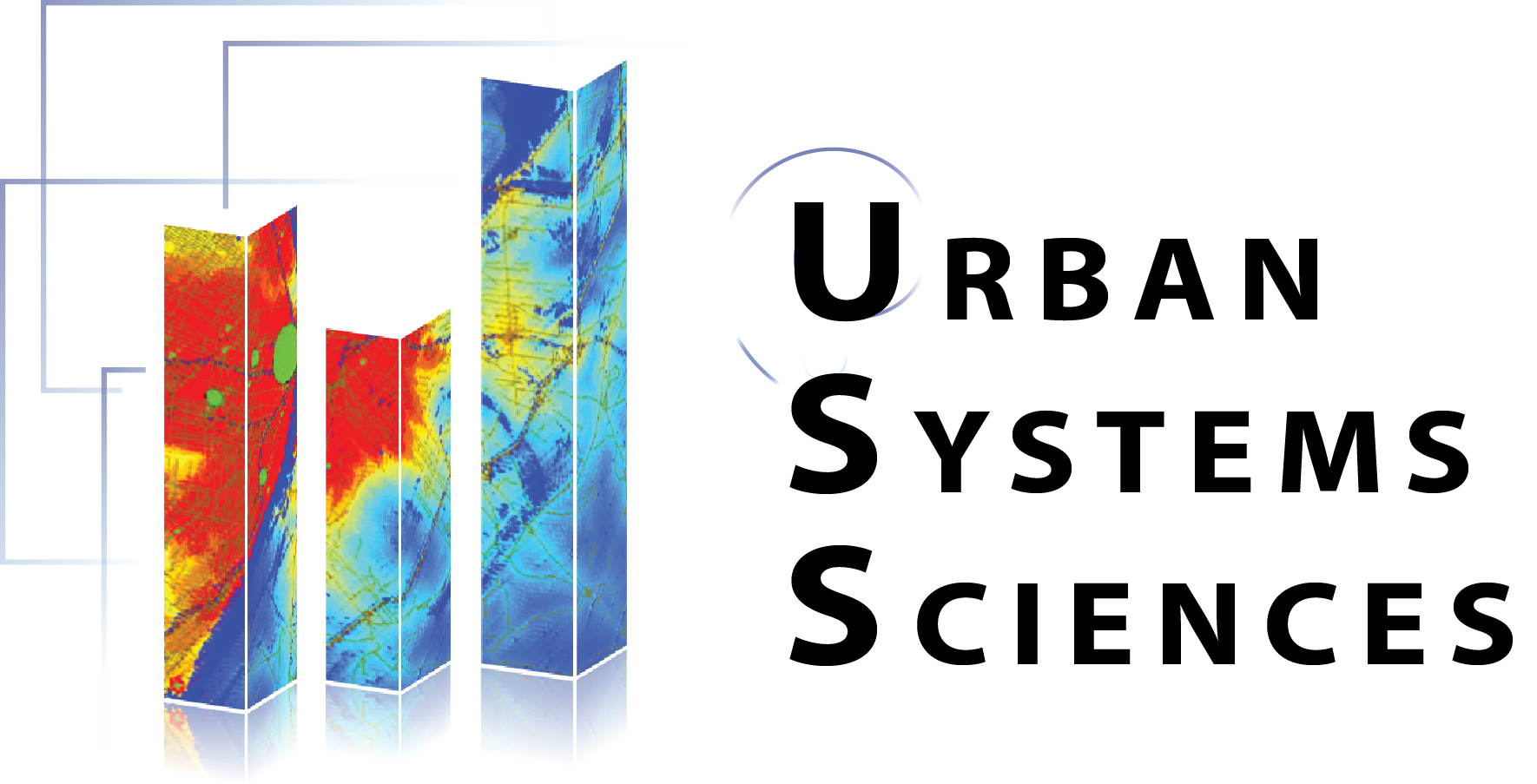The Project

Shrinking cities and disasters: the LEAM framework under negative growth
As Michael Batty stated: “we live in an age of cities”. In 2014, more than half of the world population lived in urban areas, rate that will reach two thirds by 2050. In North America alone, 84% of the population lives in cities. Despite the significant growth and sprawl of several urban centers in the last decades (e.g., Houston, New York), the same period has also seen the negative impacts of natural and man-made disasters, as well as economic crisis to city development (e.g., New Orleans, Detroit). With a tendency of increase frequency of disasters, abrupt changes in the infrastructure landscape of cities and populational drivers will alter land-use dynamics. Policy makers and planners, thus, need tools to evaluate such effects in the short and long-term. In this paper we evaluate and propose modifications to the LEAM framework so it can be applied to both positive and negative growth scenarios. Moreover, we study the effectiveness and limitations of its results under the perspective of end-users. Our goal is to provide a more comprehensive and meaningful model for planning in adverse situations.
Researchers:
- Andre F. T. Avelino
- Zachary C. Kennedy
Related Projects:
